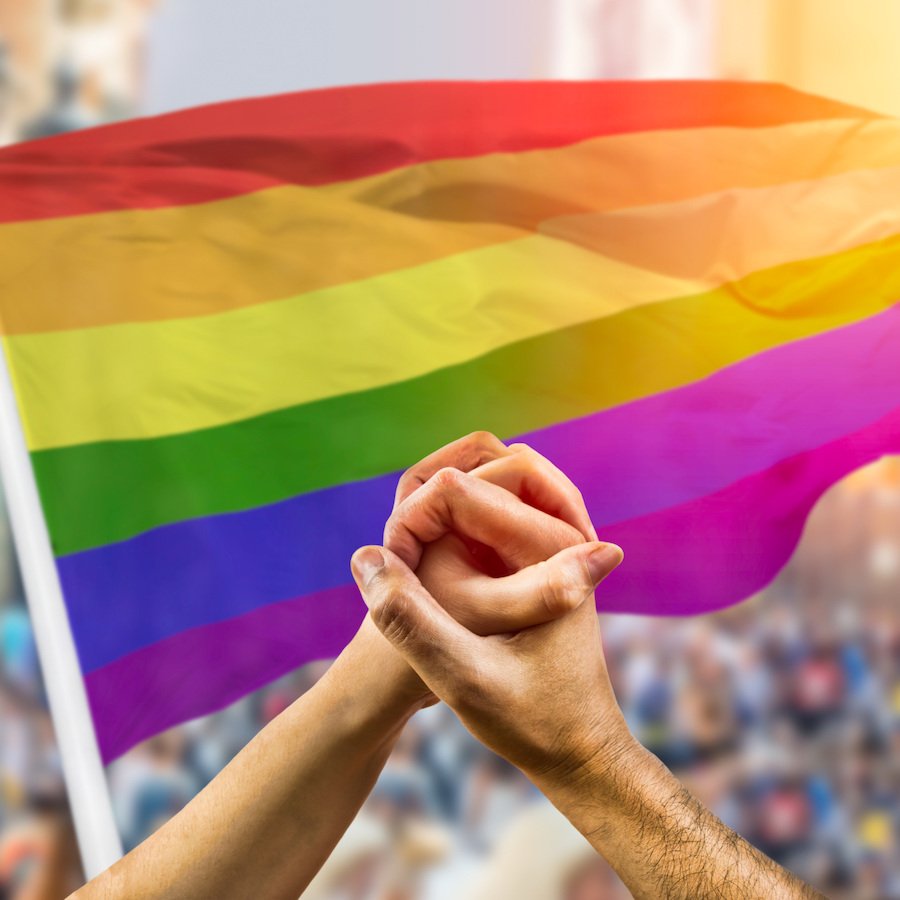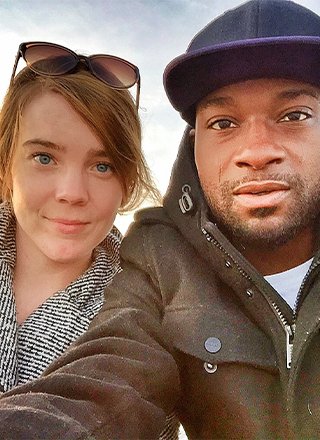Saturday marks the 60th anniversary of an important church-state case: Engel v. Vitale. In one of the early skirmishes over the role of religion in public schools, the Supreme Court ruled 6-1 that New York public education officials could not draft a prayer for children and pressure them to recite it.
With the high court about to rule on a school-prayer case, it’s a good time to look at what really happened in Engel. The ruling has, unfortunately, been the subject of a lot of misinformation over the years by Christian nationalists who seek to portray public education as hostile to religion.
Here are the facts:
The case challenged a prayer written by bureaucrats: In 1955, the New York Board of Regents composed a supposedly non-sectarian devotional, which it offered to public schools in the state. The so-called Regent’s Prayer wasn’t really about connecting with God. It was part of a “Statement on Moral and Spiritual Training in the Schools” and was designed to combat juvenile delinquency and counter the spread of communism. Although recitation of the prayer was allegedly voluntary, some students reported feeling pressured to take part.
The parents who protested the prayer came from diverse backgrounds: The five families who served as plaintiffs in the case were not anti-religion. Residents of Long Island, some were Jewish, others were Unitarians or members of Ethical Culture. All believed that the government had no business writing prayers and pressuring young children to recite them.
The families were subjected to harassment: The families were criticized and harassed. Members of a fascist group marched on lead plaintiff Steven Engel’s house and walked on his lawn. The family of Lawrence Roth had a cross burned on their driveway. One plaintiff, Monroe Lerner, a stockbroker, lost clients over the case. All the families received hate mail that was frequently crude and antisemitic. Their children were threatened and, in some cases, assaulted. Some neighbors stopped talking to them.
President John F. Kennedy reminded Americans that they can always pray at home: The nation’s first Catholic president supported the Engel ruling. Asked about the decision during a press conference two days after it was handed down, Kennedy said, “[W]e have in this case a very easy remedy, and that is to pray ourselves. And I would think that it would be a welcome reminder to every American family that we can pray a good deal more at home, we can attend our churches with a good deal more fidelity and we can make the true meaning of prayer much more important in the lives of all of our children. That power is very much open to us.”
The ruling did not make it illegal for children to pray in schools: School prayer has always been legal – if it’s voluntary and non-disruptive. Engel and the ruling that followed it in 1963’s Abington Township v. Schempp case struck down school-sponsored programs of prayer and Bible reading that were coercive. Some students felt pressured to take part in these religious exercises, even if they didn’t want to.
The principles laid down in Engel are even more important today in a nation of growing diversity and pluralism. The ruling should be embraced and celebrated, not undermined.
P.S. For an in-depth look at the history of school prayer in American education, see this special issue of Church & State. And if you want to read more about the Engel case specifically, scholar Bruce J. Dierenfield’s book The Battle Over School Prayer: How Engle v. Vitale Changed America provides a wealth of detail.


